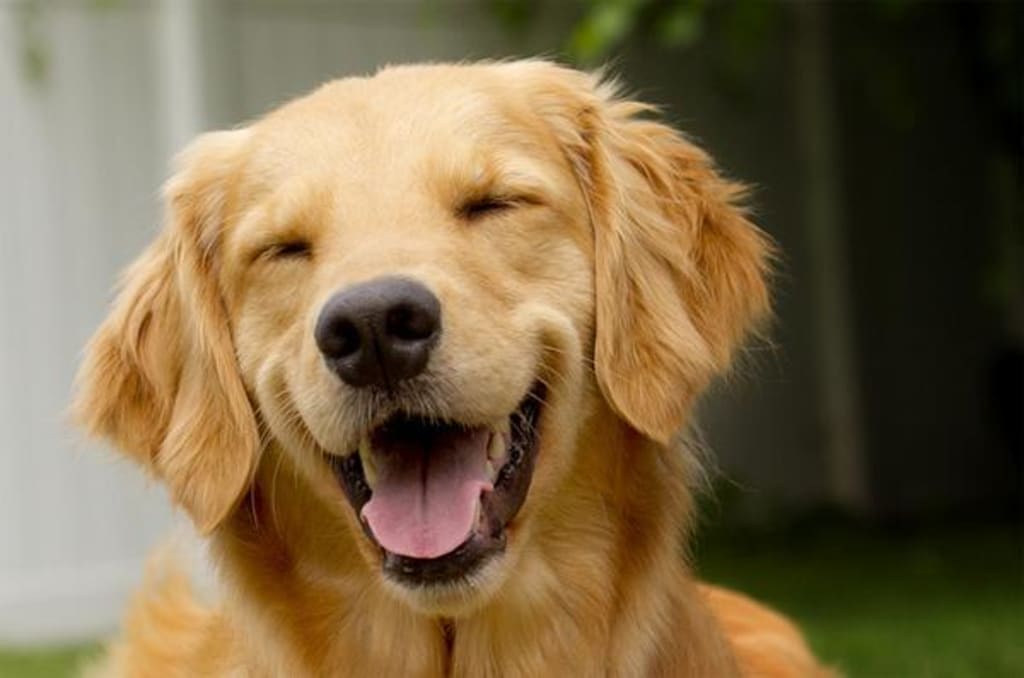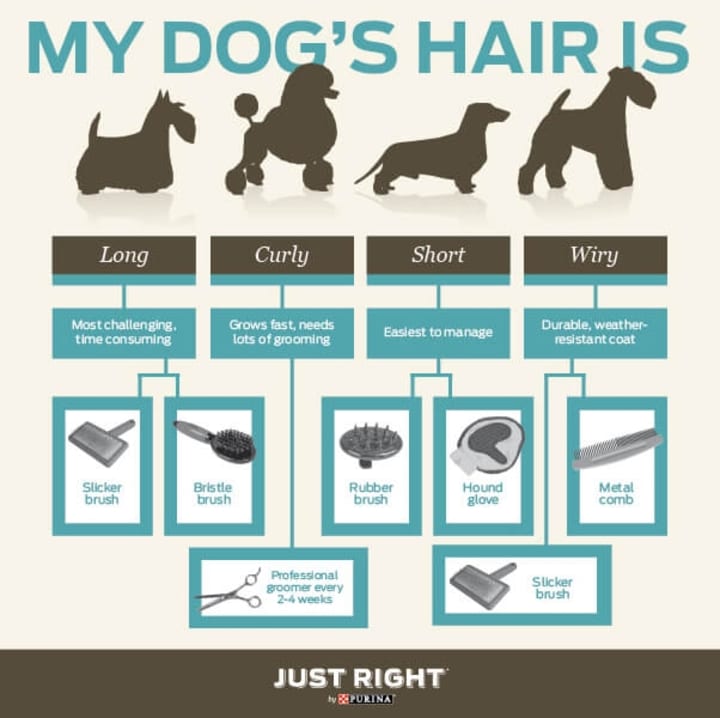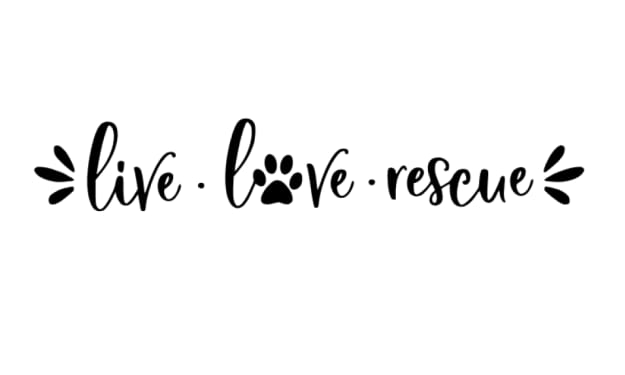The Importance of Brushing Your Dog
Whether you have a low or high maintenance dog, it is important to brush your dog on a regular basis. Keep your pup healthy and comfortable with these tips!

"Grooming" is an instinctive behaviour that all animals have. Simply defined, it is the mechanism to keep oneself clean and free from parasites and sickness. This can range in behaviours from licking, wiping, scratching, bathing, to more human behaviours such as brushing hair, shaving, nail clipping, and skin care. For dogs, they can take care of the basics, such as licking their fur to keep it clean and wearing down their nails (claws) by being active outdoors.
However, dogs are a particularly special case compared to other animals. Due to centuries of domestication and selective breeding, dogs have diversified into hundreds of breeds with hundreds of unique traits. And while some dogs can take care of themselves for the most part, many dogs require help.
I, myself, have been a dog owner (unfortunately my dog, Penny, passed a while ago, bless her soul) and I have also worked in a grooming salon and doggie daycare. I have seen cases where dogs are extremely well taken care of, and cases of extreme neglect. Now this is not always due to the owner being an awful person, even though that is most people's reaction to seeing a dog in such a state. Sometimes, it is due to ignorance of the dogs needs. My dog, Penny, was German Shepherd-Border Collie mix, weighing in at 55 lbs and she had short, medium thick fur. Other than occasional brushing and nail clipping, she did not require much more grooming. I was fortunate as a dog owner because she was relatively low maintenance and I did not have to put in as much time and energy into keeping her clean and comfortable. This is not the case with a lot of dogs.
The term "grooming" is often associated with spending a lot of your money, time and energy by taking your dog to the salon for an hour or more to get them shaved, trimmed, bathed, etc. Some of these costs can be mitigated by brushing your dog at home, and will make both your groomer and your dog(s) much happier! If you take care of your dog's fur at home, visits to the groomer will be shorter and less uncomfortable, and will help make the experience far more positive!
Brushing
Dogs with short to medium length fur and an undercoat, like my Penny, still require brushing. It is not optional. Shedding, while the majority of it occurs in the spring, continues all year round. Springtime is the worst time for shedding because dogs are trying to get rid of that heavy, hot, and usually itchy undercoat from the winter. Some dogs who have thick long fur, such as Chows, Huskies, and Shepherds, will even take a roll around in the grass to try and relieve themselves.
During the spring, brushing your dog almost on a daily basis would be best, and depending on your dog's coat type, up to once a week is best for the rest of the year (if you have low maintenance dogs such as a Lab, once every 2 weeks would be enough). And brushing sessions are also best kept short, between 5-15 minutes. This reduces the amount of time you have to put into this activity, and also prevents your dog's fur from being damaged and their skin from being irritated. A regular spring brushing routine will help to prevent your dog's fur from getting knotted (which can be painful), or the next step of being matted (which is even more painful).
Mats are knots that have become a mass of entangled fur and can be heavy enough to pull uncomfortably on your dog's skin. If left unattended, they can collect dirt and bacteria, and will only get worse and more uncomfortable. They are one of the worst things to see in a grooming salon, as it is a sign of neglect (even if it is unintentional), and they normally will have to be shaved out leaving your dog with a bald patch. Now to be completely fair, some dogs can still form mats despite daily brushing (due to coat type), but it is best avoided by brushing. Dogs that commonly form mats are curly haired dogs such as Poodles and Doodles, long haired dogs such as some Huskies and Shepherds, and Golden Retrievers, and dogs with very fine fur such as many small breeds.
Brushing also gives you the chance to check your dog's health by looking for ticks, fleas, dirt, and oily build-up (which could indicate other health issues). On a more personal note, brushing your dog's fur is the equivalent to you brushing your own or someone else's hair. It is a comforting experience for your dog and will also give you some one-on-one bonding time.
How to Brush Your Dog Properly
Brushing your dog does not require a PhD, but you do have to know some basics.
- Brush in the direction of your dog's fur. Brushing backwards can be quite effective as well, however it can be very uncomfortable for your dog, if not painful, if not done correctly. Brushing backwards must be done gently and the fur must be brushed back down in the correct direction after.
- Brush down and out in short smooth motions. This helps your brush grab loose undercoat and top hairs.
- Brush gently in areas where the fur is thinner, such as the face and stomach.
- Do not spend too much time in one spot. The brush could cause skin irritation. Try to cover as much area as possible.
- Do not forget tangle-prone areas such as the armpits, feathers on the legs (if your dog has them), rump, tail, and behind the ears.
- If you hit a tangle, do not just pull on it. That will damage the fur and hurt your dog. Try working the tangle out gently with your fingers first, and if that doesn't work, try wetting the tangle with detangler and working at it again. If you find a mat, take your dog to the groomer and let the professionals handle it.
Brushing Tools
Each tool is good for specific uses and bad for others. I have provided a list of tools commonly used by groomers for brushing.
- Deshedding metal combs: These combs are very popular because they are very effective at pulling both top layer and undercoat hair, and they have an eject feature making cleaning of the comb very easy. Be aware they pull out a lot of fur at once and could cause some irritation if used to often. These are best for the shedding season.
- Wide-toothed combs: Groomers use primarily metal combs with widely separated teeth (as plastic combs may break). Combs are normally used on wiry breeds, long-haired dogs, and dogs with thin fine hair. This protects their skin from the irritation that other metal brushes may cause (due to the fact they have no protective undercoat).
- Slicker brushes: These brushes have many, many fine metal tines that are slightly bent. The tines are shaped like that so they can grab undercoat fur. These are very effective brushes, however you must be aware of the fact that if run over the same spot too many times, they can irritate your dog's skin, possibly even scratch the skin.
- Normal brushes: These brushes have widely spaced stiff bristles with protective nodes on the ends of the bristles, like a hairbrush that you would use on your own hair. A classic design, the bristles are gentle on your dog's skin and fur.
- Rubber brushes: Exactly as it sounds, these brushes are made of rubber and they come in various shapes and sizes. They are very gentle on dog's skin and are very good for removing hair from the top coat.
Going to the Groomer
If you find that brushing your dog is too hard to keep up with, there is absolutely no shame in taking your dog to the groomer for basics like brushing, as long as it is on a regular basis. As someone who has worked in a grooming salon, it warms my heart to see dogs coming in regularly for brushing, dematting, and trimming. We know they are staying comfortable and healthy and that their owners are happy.
Brushing is essential to keeping your dog's coat feeling and looking healthy, and is a core part of a good grooming routine. With the right tools and set of knowledge, brushing your dog properly is very easy and can be enjoyable for both you and your dog!
Some extra resources are listed below:
Dog Coat Types By Heather Russell-Revesz
Dog Brush Selection Guide By Drs. Foster & Smith Educational Staff








Comments
There are no comments for this story
Be the first to respond and start the conversation.